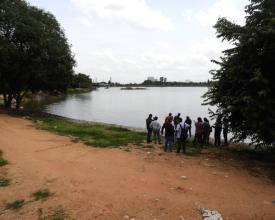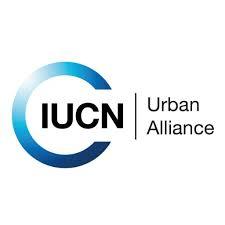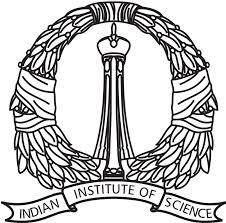
Monitoring water quality through citizen science in Bengaluru

Earthwatch India addressed knowledge gaps in the management of urban lakes, wetlands and green spaces by researching how these ecosystems can increase the resilience of urban areas to impacts from climate change and urbanisation, whilst delivering benefits to people and wildlife.
In Bengaluru, Earthwatch is working with the Indian Institute of Science to study the impacts of land-use change and influence of human settlements on green buffer areas surrounding and protecting key urban lakes. Results are being used to create a framework for assessments of these lakes and their roles in driving blue-green infrastructure development.
“The environmental quality of an urban lake has an immediate bearing on the quality of the fringe habitations, specifically in terms of air and water quality. By addressing issues that concern urban blue and green spaces we can mitigate air and water quality issues, enable temperature and flooding control and provide a buffer for habitats.” - Prof. Sudhakar M. Rao, Indian Institute of Science
Impacts
The importance of lake water quality monitoring was emphasised by this project. The 7,000 data points collected by citizen scientists provided a detailed picture of the associations between blue-green infrastructure and ecosystem resilience to anthropogenic stressors. Research findings showed that stormwater run-off and sewage from old, leaky drains within the local catchments of the study lakes led to the formation of harmful algal blooms that subsequently kill aquatic life and render water unsuitable for human use. In an effort to reduce this inflow of contaminants, new approaches to monitoring and managing these water bodies and their catchment were explored. Citizen scientists helped researchers to identify parameters (chemical oxygen demand) and thresholds that could be used as an early warning system to inform preventative measures and support management decisions to protect these important ecosystems.





